Concept
- HOME
Concept
Tatami, always close by, yet somehow relegated to distant memories.
The history of tatami spans over 1600 years, bearing witness to its enduring value.
In our efforts to reshape the essence of tatami and the role of tatami craftsmen,
we turned our focus to the fundamental connection between 'agriculture and tatami culture.'
It prompted us to reevaluate from the very basics.
Play the video
Tatami and agriculture.
Tatami is an agricultural product.
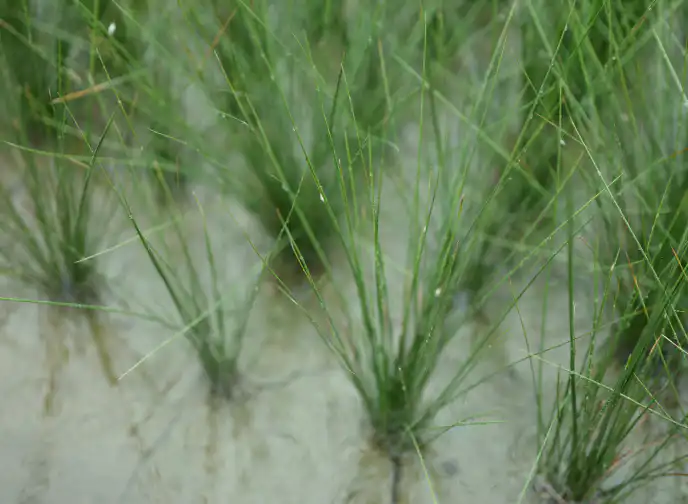
Many customers often say, 'Being a tatami craftsman must be tough.'
The tatami industry faces a challenging situation, even more so than people may imagine.
I don't think anyone expects 'tatami to disappear from Japan.'
However, when the craftsmen disappear, it will vanish from the world.
In the 1970s, there were over 8,000 igusa farmers and more than 18,000 tatami shops.
In 2021, there are approximately 350 igusa farmers and about 6,000 tatami shops.
Tatami is made from 'igusa,' a plant grown in rice fields.
We are committed to preserving the last stronghold of igusa cultivation.
Igusa Planting

01.
It's a laborious task that involves the whole family, dividing the roots. Each seedling is painstakingly split by hand.
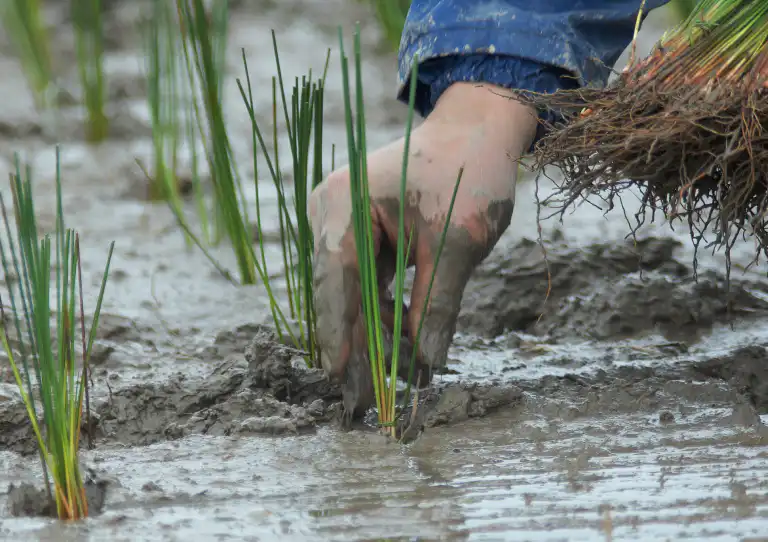
02.
Planting takes place in December, where we hand-plant into the cold paddy fields.
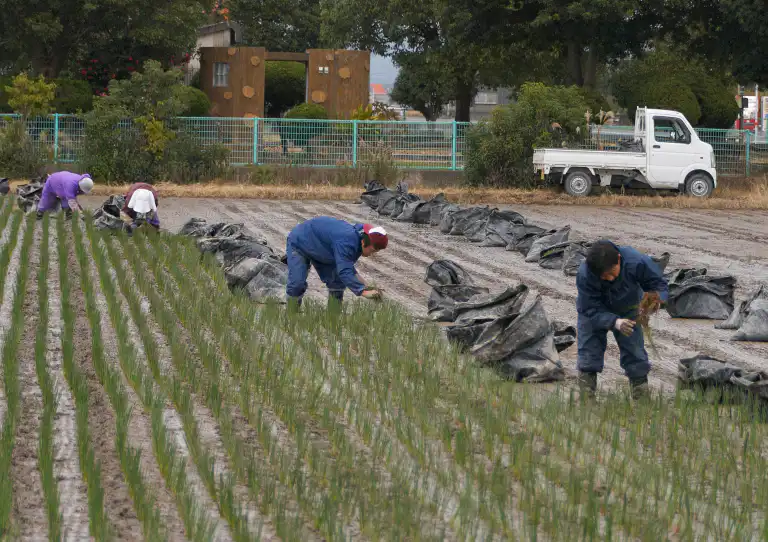
03.
Neighbors also lend their support, and we all plant together.
Igusa Harvesting
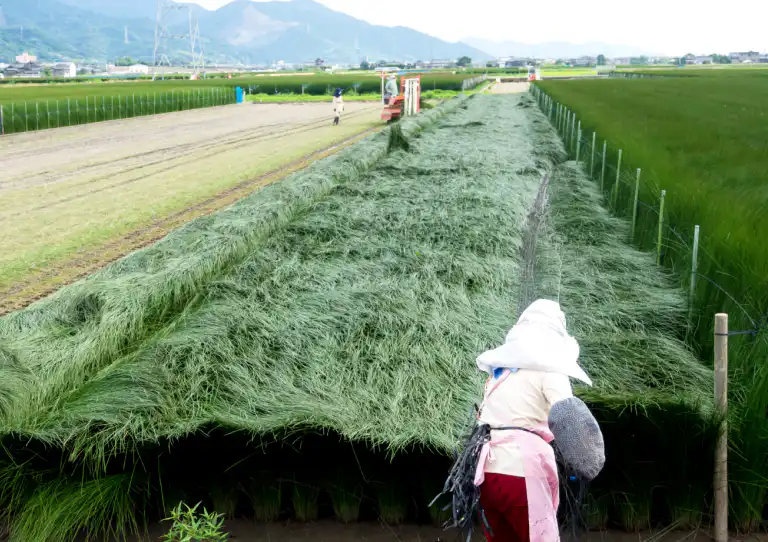
01.
The lush green igusa, growing as tall as a person, stretches as far as the eye can see.
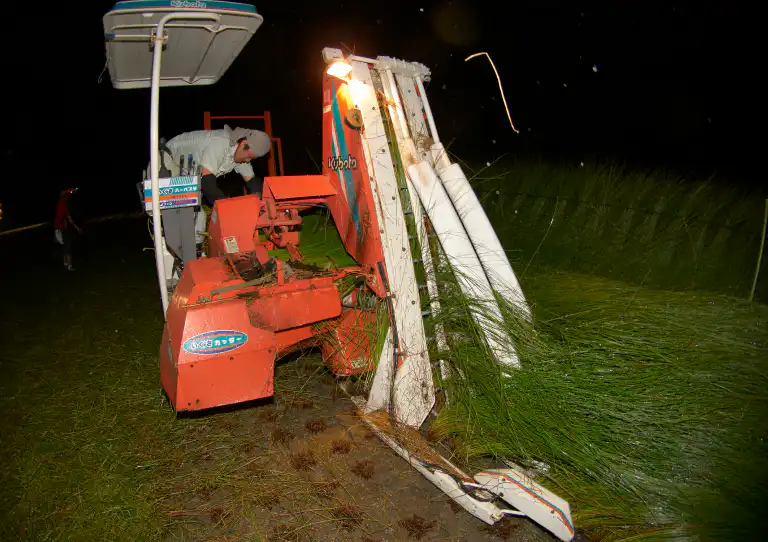
02.
Harvesting is done in the late hours when it's rich with moisture.
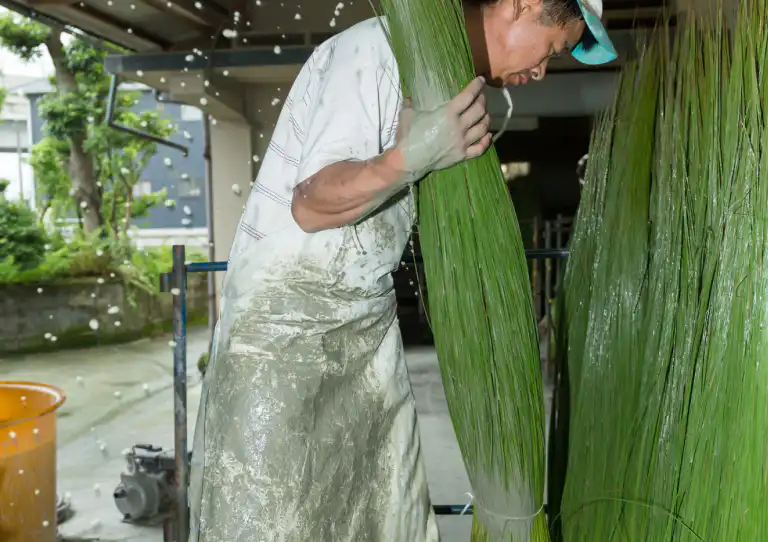
03.
Mud dyeing process. Half of the fragrance of tatami comes from the scent of the earth.
Igusa Weaving
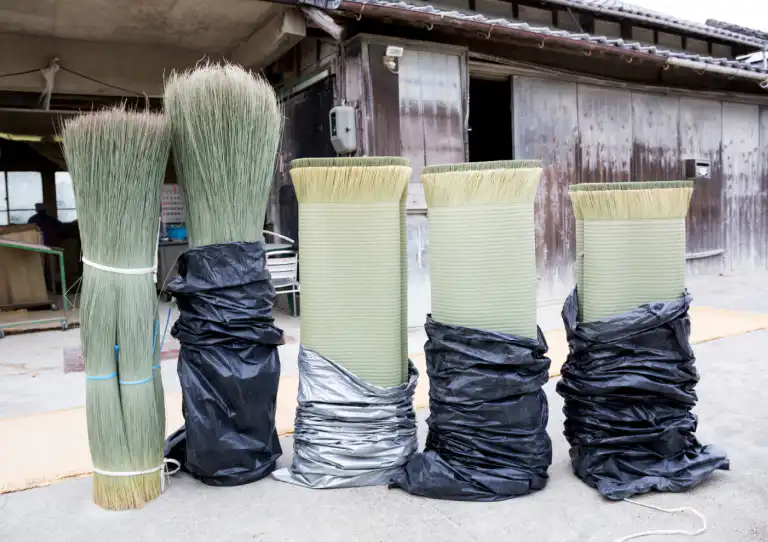
01.
We meticulously select igusa based on length and color.
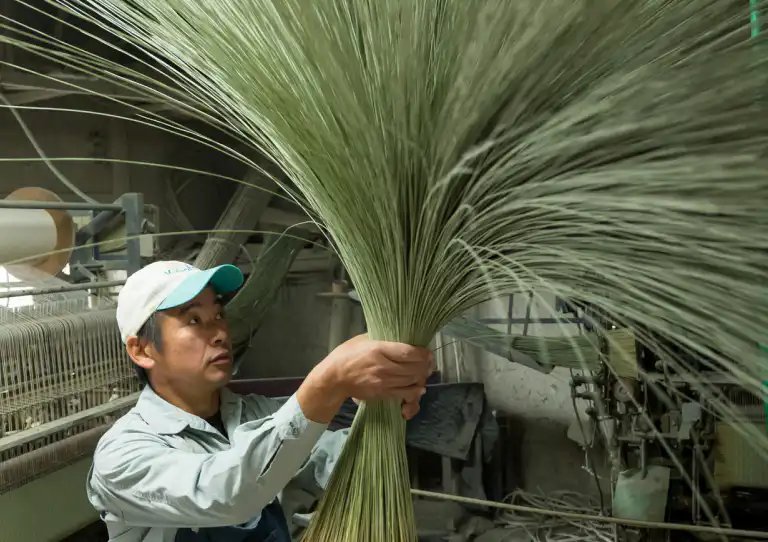
02.
We visually inspect for any breakage or discoloration.
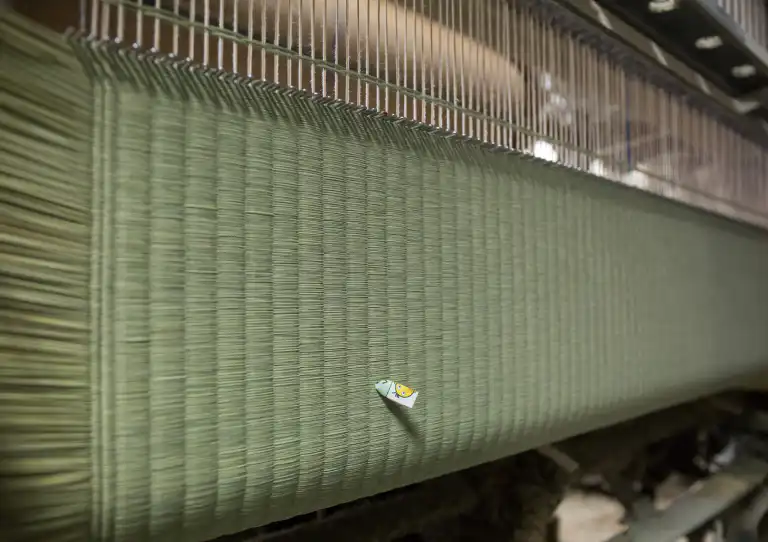
03.
The weaving machine is customized according to the preferences of the producers, resulting in a distinctive weave.
Tatami and craftsmen.
Authentic tatami.
Creating the 'Authentic' involves many hands and a lot of time.
Cultivating the material is agriculture.
We see it as the 'foundation of culture.'
And processing the material is craftsmanship.
There's a 'realm' of craftsmanship that only the human senses can understand.
Things that make people feel attached have 'fluctuations.'
Tatami is made by combining thin and uneven plants like igusa and rice straw.
The unique texture is born when these natural materials are crafted by human hands.
The essence of craftsmanship is determined by people.
We value the connection between 'makers and users,'
the feelings of one person to another.
Our Dedication
01.
Tatami Craftsman's Tools
The tools for making tatami are handcrafted by tatami craftsmen to fit perfectly in their hands.
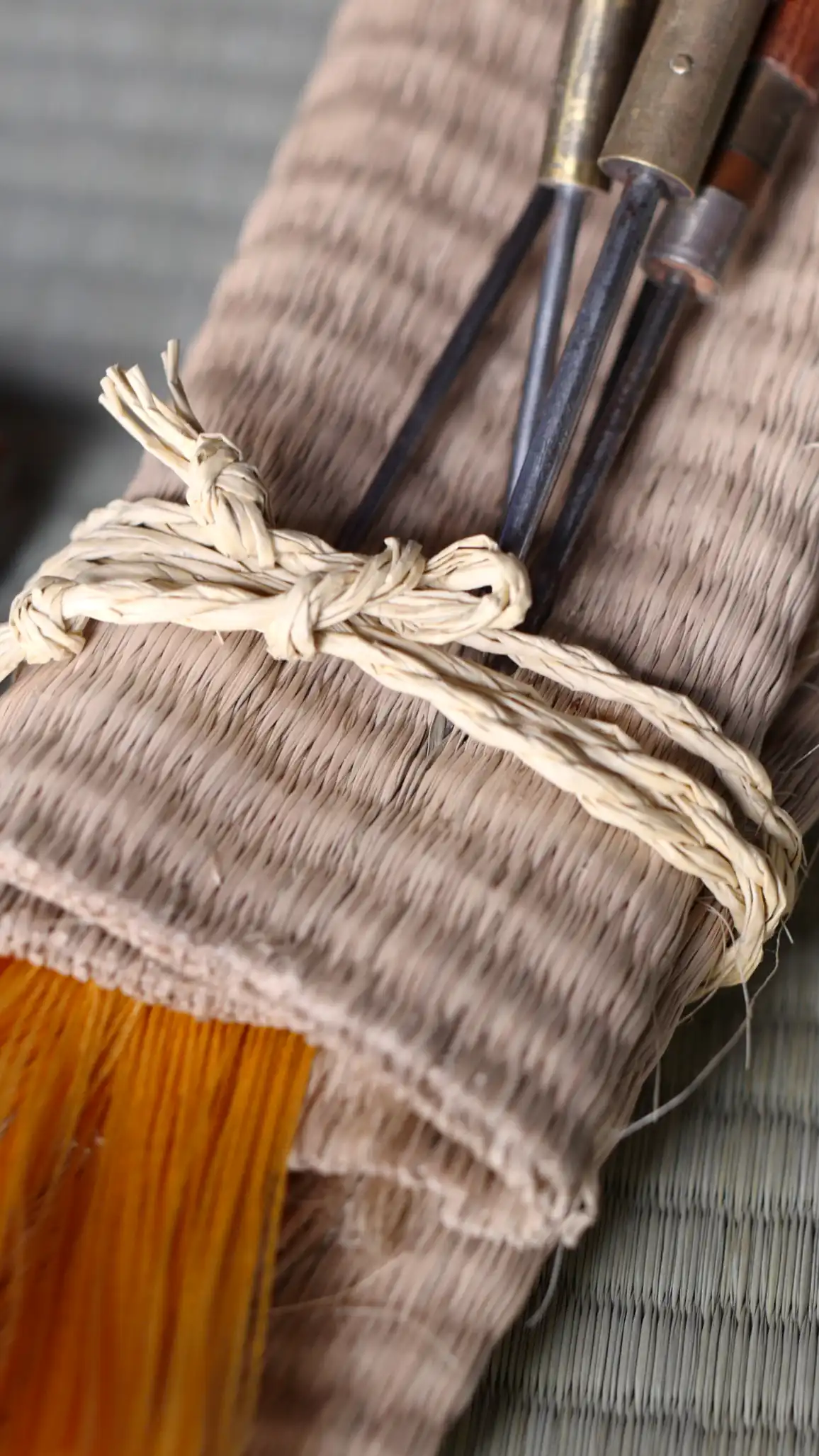
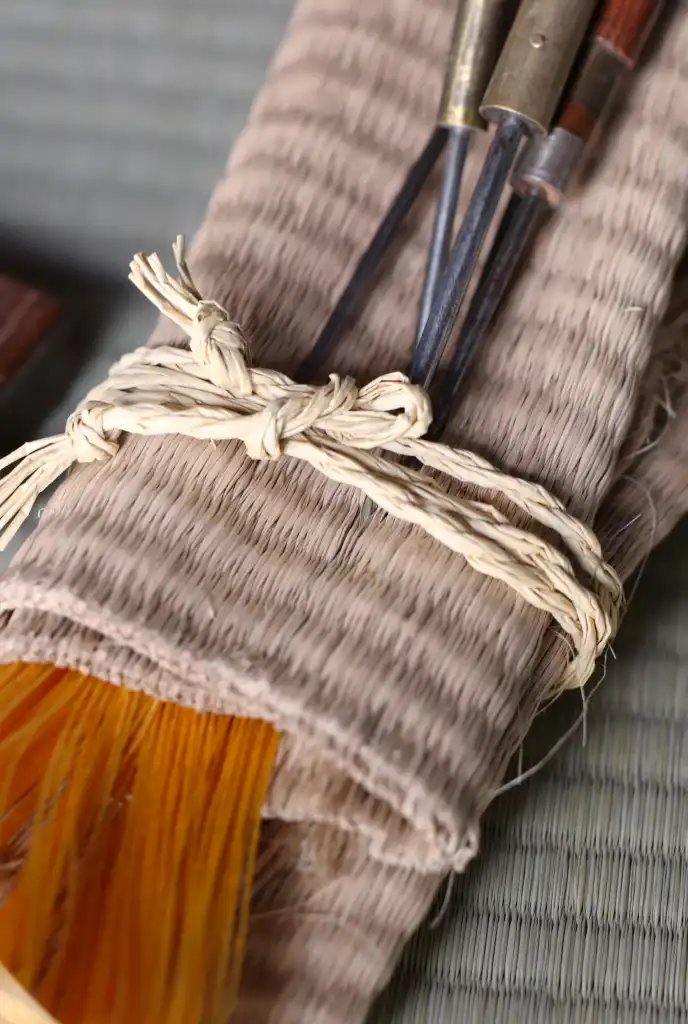
02.
Repairing Straw Flooring
Even the invisible parts become better with careful attention.
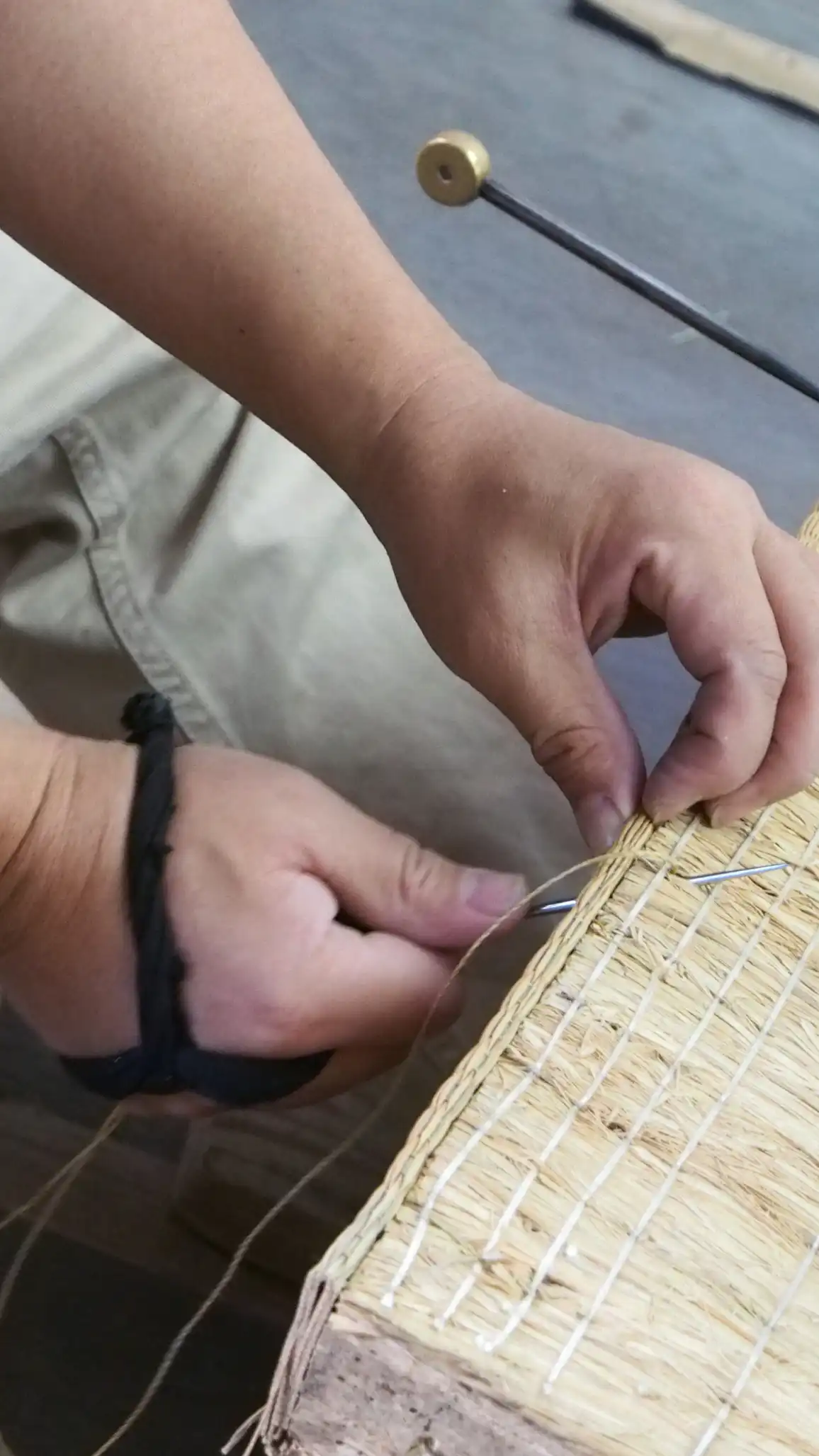
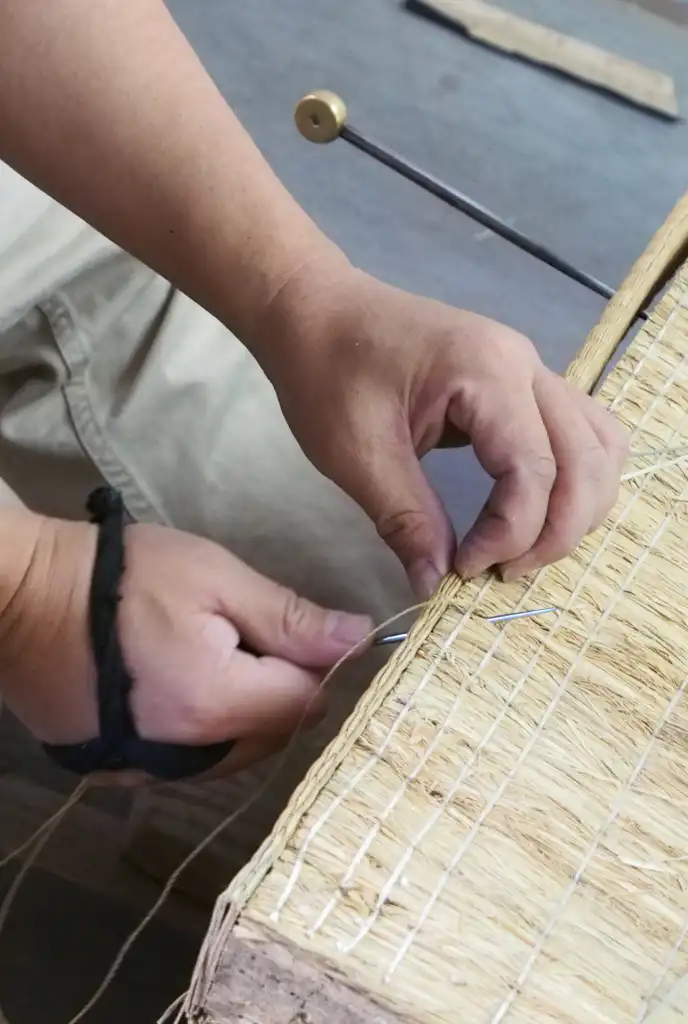
03.
Tatami Surface Installation
The sense of touch in their hands is delicate and allows for precise work.


04.
Tatami Surface Cutting
Special tatami knives are used for cutting. If the blade isn't sharp, it won't achieve the accurate dimensions.
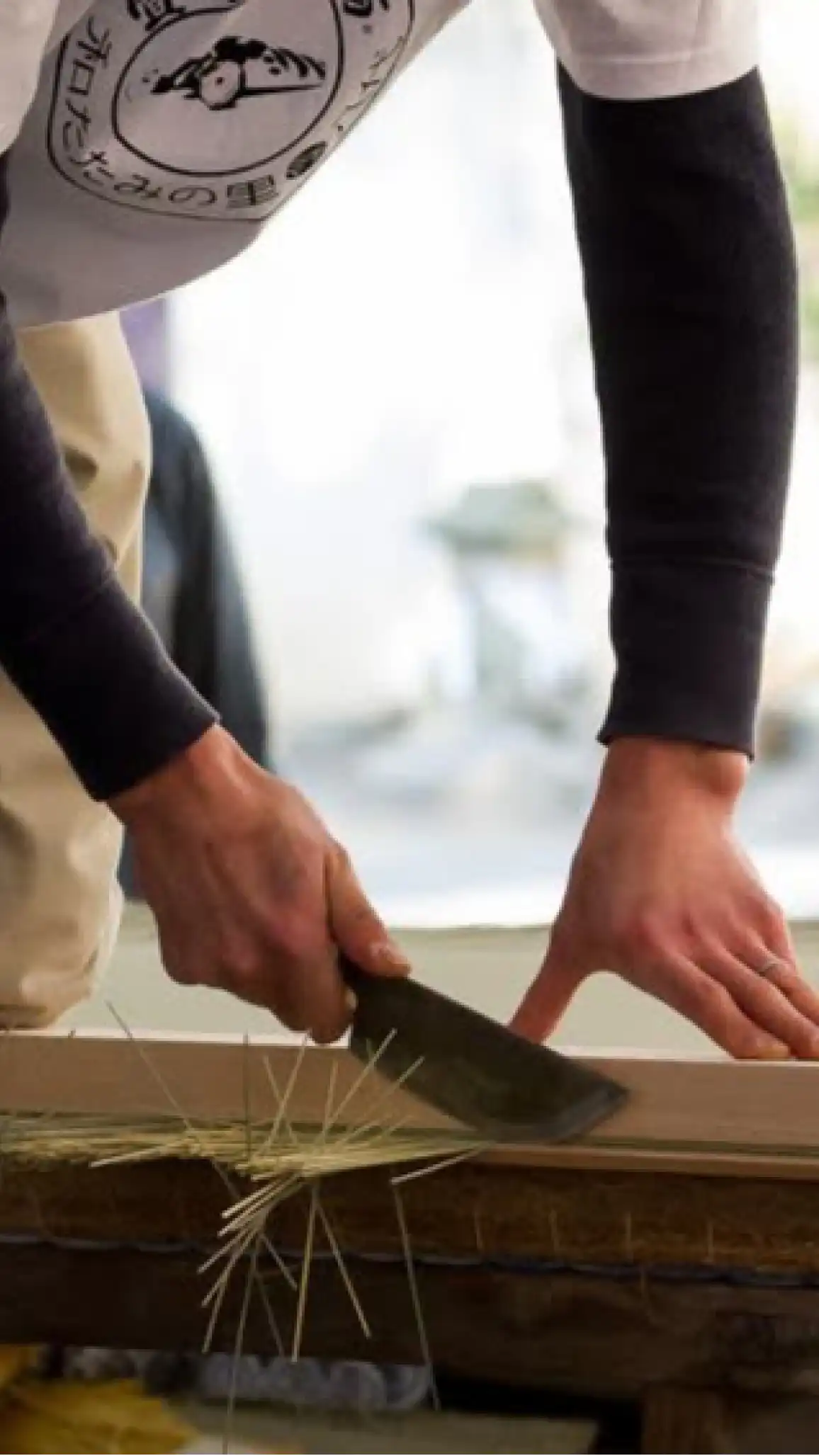
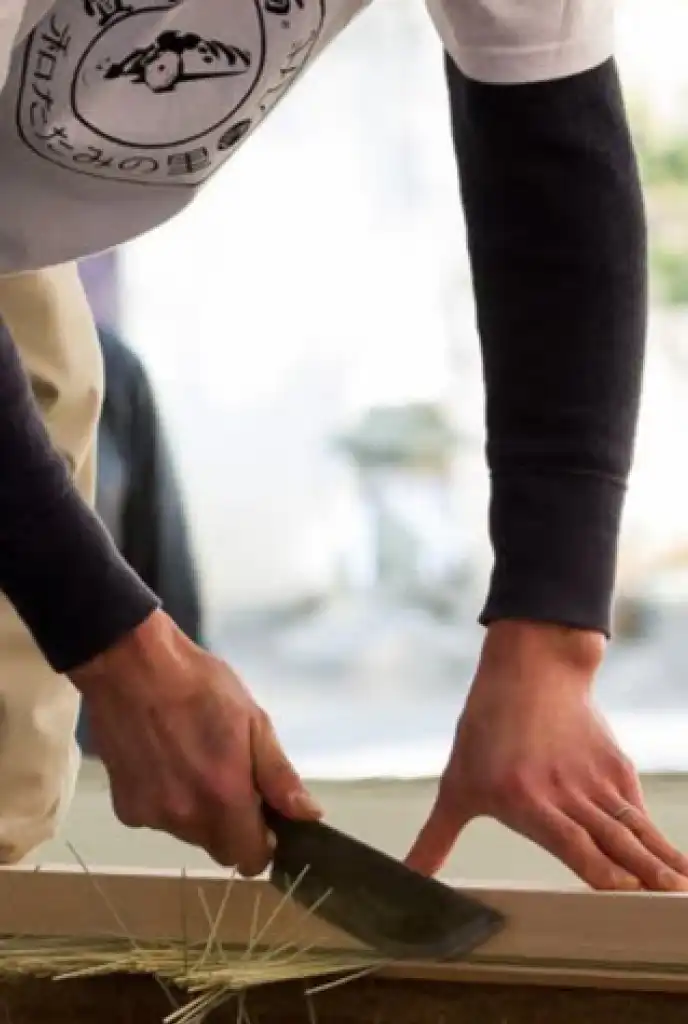
05.
Tatami Border Stitching
Tatami edges (heri) are hand-stitched. When you think of a tatami craftsman, this image often comes to mind.
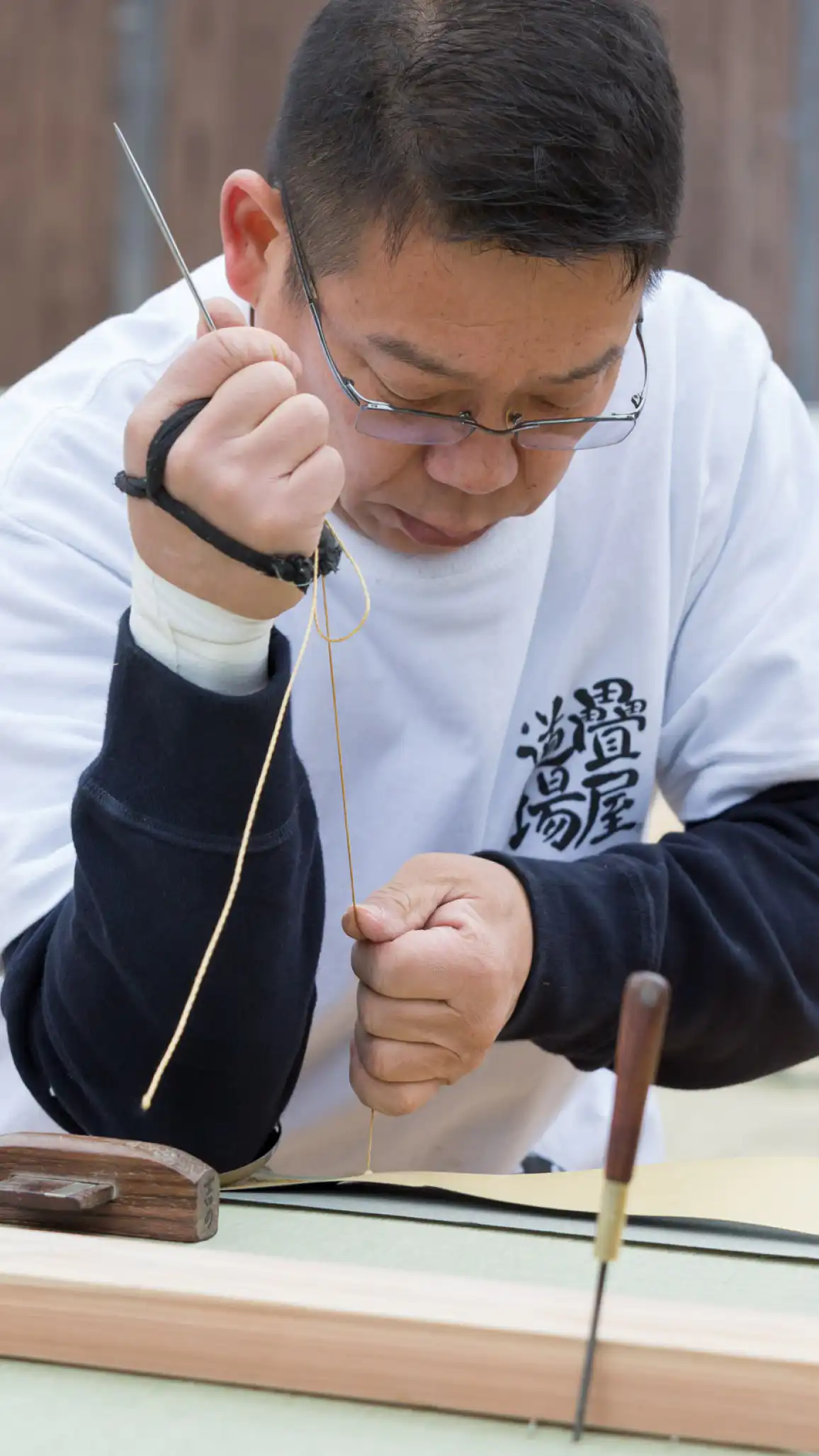
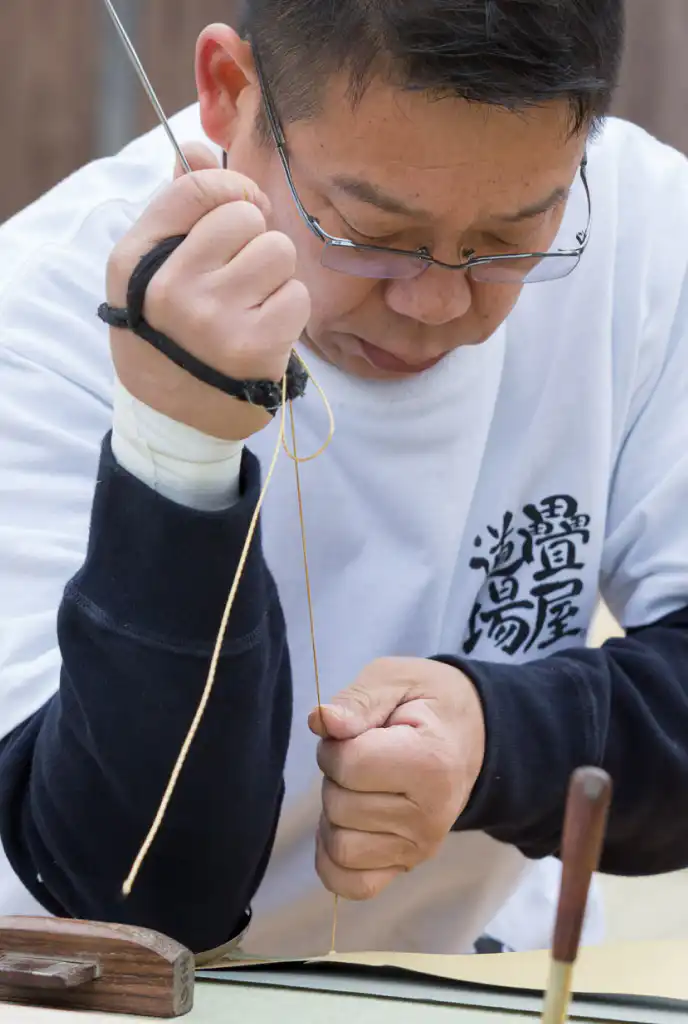
06.
Tatami Laying
The finish of each individual tatami mat is important, but adjusting the balance between tatami mats during installation ensures an overall beautiful result.
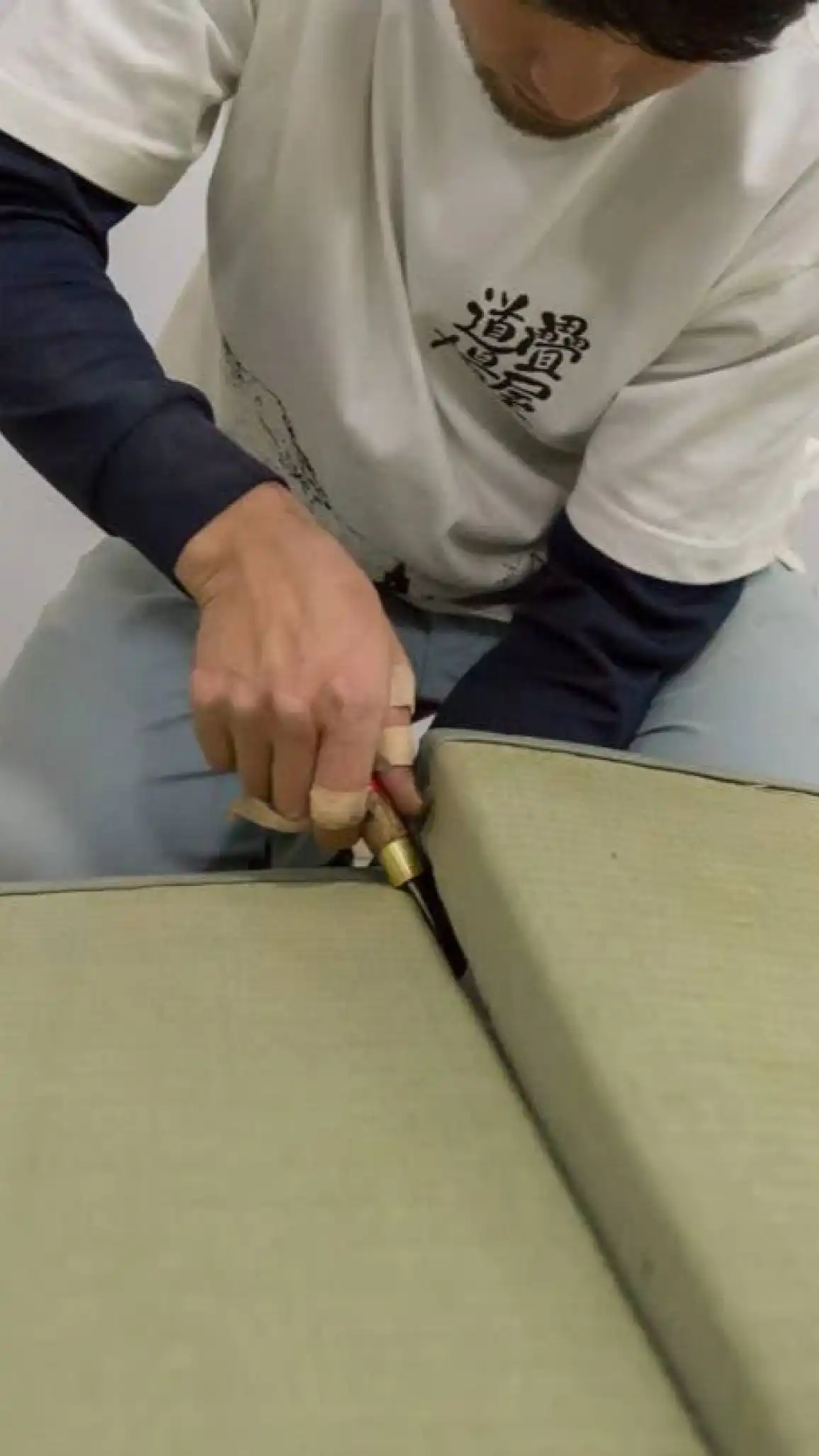
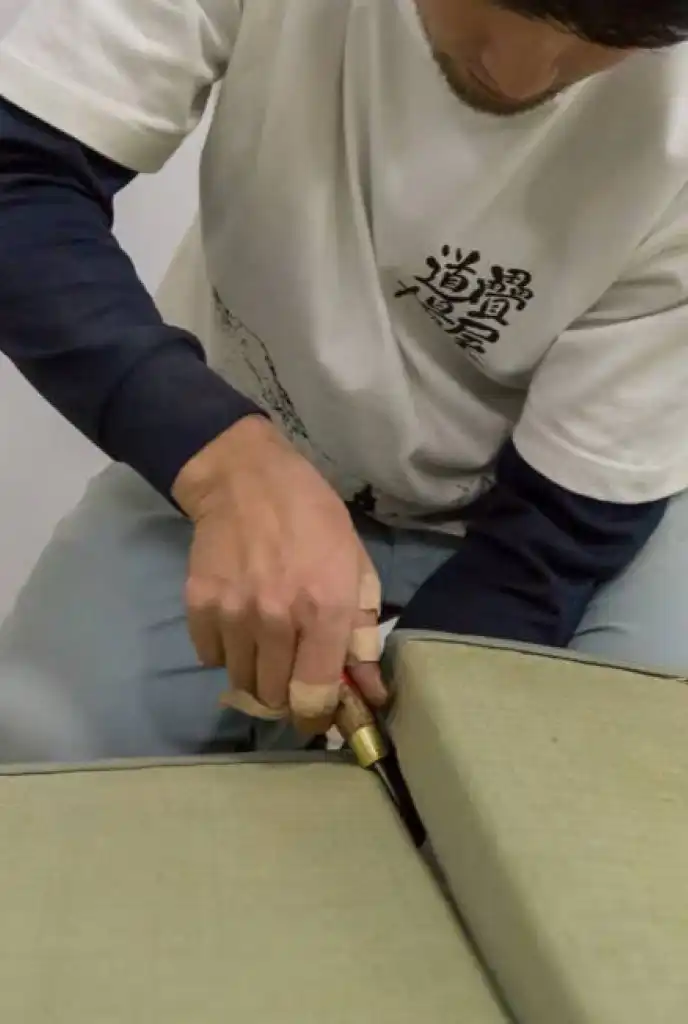
Tatami and Yatsushiro.
The farmers who collaborate with us.
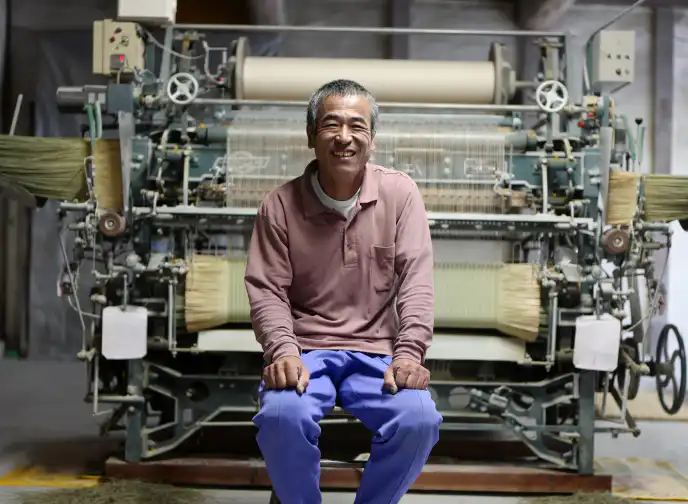
Igusa, the raw material for tatami, is cultivated in rice paddies.
Even if the same variety of igusa is planted, the quality of the grown igusa can vary greatly.
This difference is due to the intentions of the cultivators.
Some visit the fields daily, while others go once a week.
Some continually innovate, while others repeat the same process each year.
From this perspective alone, you can see that there can be a significant difference in the final product.
The igusa farmers in Yatsushiro, Kumamoto Prefecture, who collaborate with TATAMI-TO, place great importance on the 'exchange between people who cultivate igusa.'
They cherish their relationships as essential partners and put their hearts into craftsmanship, aiming for our customers to say, 'Tatami is truly wonderful.'
It may sound repetitive, but the essence of craftsmanship is determined by 'people.'
